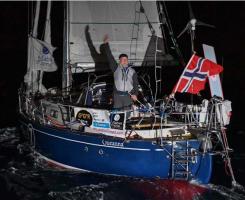
Are Wiig’s Olleanna
The ongoing 2018 Golden Globe Race is a 50th-anniversary homage to the 1968 Sunday Times Golden Globe Yacht Race, the first single-handled nonstop around-the-world sailboat race. In the 1968 race, Sir Robin Knox-Johnston was the winner and the only contestant to complete the race. Last June, 18 solo-sailors set off in sailboats similar in size and equipment to that used by Sir Robin 50 years ago. Each sailor is racing for 30,000 miles, alone, non-stop, with no outside assistance.
The racers are using sextants and paper charts rather than GPS and chart plotters, judging the weather by reading a barometer rather than getting updates from weather routing services, and relying on wind vanes rather than autopilots. The racers are all sailing on production boats between 32ft and 36ft overall (9.75 – 10.97m) designed prior to 1988. For safety, each boat will have a satellite transponder and an emergency kit, equipped with a race-supplied GPS and satphone.
So, how is the retro-race going so far? Continue reading

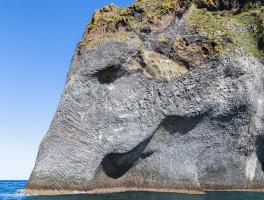 On the 21st of January, 1973, the island of
On the 21st of January, 1973, the island of  There have been several recent encounters between boats and whales. Fortunately, neither whale nor humans appear to have been injured. The most serious took place off the Jersey Shore.
There have been several recent encounters between boats and whales. Fortunately, neither whale nor humans appear to have been injured. The most serious took place off the Jersey Shore.
 The good news is that Hurricane Lane has been downgraded to a Category 4 hurricane. The bad news is that it is still heading straight for the Hawaiian islands. The storm’s outer bands have been pounding parts of Hawaii’s Big Island with rain Thursday morning, triggering landslides and threatening serious flooding. The hurricane is the first major cyclone to make landfall in the state in 26 years when
The good news is that Hurricane Lane has been downgraded to a Category 4 hurricane. The bad news is that it is still heading straight for the Hawaiian islands. The storm’s outer bands have been pounding parts of Hawaii’s Big Island with rain Thursday morning, triggering landslides and threatening serious flooding. The hurricane is the first major cyclone to make landfall in the state in 26 years when 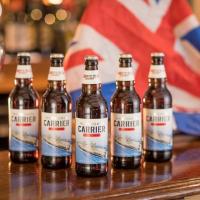
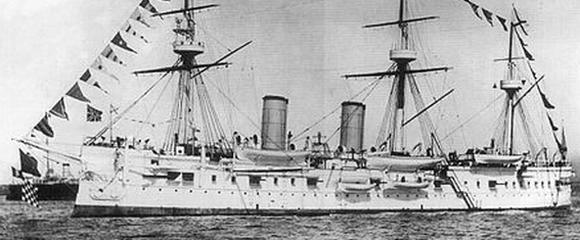 In July
In July 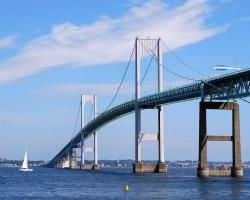
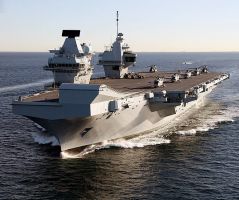 The HMS Queen Elizabeth set sail yesterday from Portsmouth Naval Base bound for the United States. The 65,000-tonne carrier, the largest warship ever built for the Royal Navy, will embark two US F-35B test aircraft to begin the first flight trials.
The HMS Queen Elizabeth set sail yesterday from Portsmouth Naval Base bound for the United States. The 65,000-tonne carrier, the largest warship ever built for the Royal Navy, will embark two US F-35B test aircraft to begin the first flight trials.
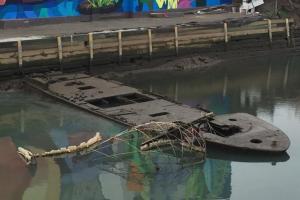
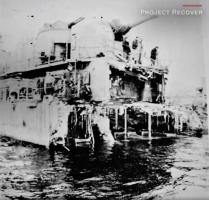
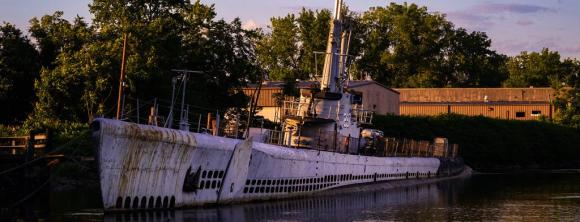
 We were deeply saddened to learn of the death of
We were deeply saddened to learn of the death of 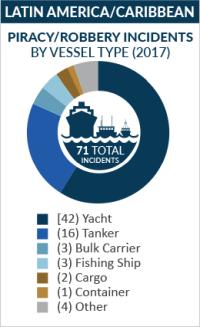
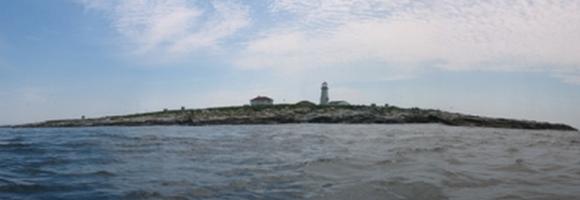
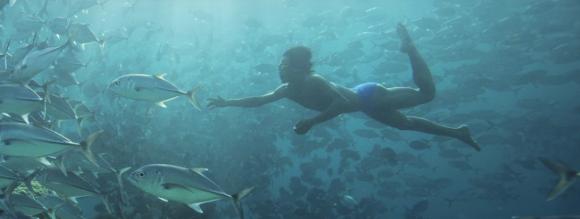 The
The 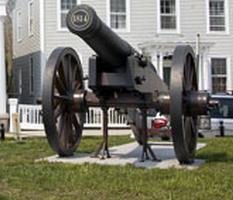 Two hundred and four years ago this week, in a three day battle, the militia at Stonington, CT drove off a four ship Royal Navy flotilla during the War of 1812. Here is lightly edited
Two hundred and four years ago this week, in a three day battle, the militia at Stonington, CT drove off a four ship Royal Navy flotilla during the War of 1812. Here is lightly edited  Lieutenant Randolph M. Prince, known as “Kaz,” had a pretty slick arrangement. “Kaz” was a supply officer in Virginia Beach, VA. Through friends, he set up sham companies which would be awarded government contracts by Prince. He would generate all the necessary paperwork and certify that contracts had been completed. Then Prince and his associates would share the money when the sham companies were paid by the government.
Lieutenant Randolph M. Prince, known as “Kaz,” had a pretty slick arrangement. “Kaz” was a supply officer in Virginia Beach, VA. Through friends, he set up sham companies which would be awarded government contracts by Prince. He would generate all the necessary paperwork and certify that contracts had been completed. Then Prince and his associates would share the money when the sham companies were paid by the government.  Florida is being clobbered by a double algae disaster, a virtual algae apocalypse. Red tide, caused by karenia brevis algae is decimating sea life in the Gulf’s salt waters, while blue-green algae, or cyanobacteria, is poisoning South Florida’s inland fresh water and coastal bays. The municipalities of Cape Coral and Fort Myers are
Florida is being clobbered by a double algae disaster, a virtual algae apocalypse. Red tide, caused by karenia brevis algae is decimating sea life in the Gulf’s salt waters, while blue-green algae, or cyanobacteria, is poisoning South Florida’s inland fresh water and coastal bays. The municipalities of Cape Coral and Fort Myers are